The current structure was originally the church of the Benedictine Priory, established under Hamelin de Balun the first Norman holder of the title Lord Abergavenny, which in the 1090s became Baron Bergavenny. At this time it was a cell of the Abbey of Saint Vincent at Le Mans in France. Henry de Abergavenny was a prior here and later at Llandaff in the late 12th century and was chosen to assist at the coronation of King John I of England in 1199. Successive Lords of Abergavenny were by necessity also benefactors, including William de Braose, 4th Lord of Bramber. In 1320 John Hastings, 2nd Baron Hastings, called on the Pope to set up an investigation into the Priory, in which the monks were accused of failing to maintain the Benedictine Rule. The prior, Fulk Gaston, absconded to the mother Abbey with the church silver.
By the time of the Dissolution of the Monasteries the Priory had only the prior and four monks. Due to the close connections between the Lords of Abergavenny and the Tudor dynasty the priory was spared and became the parish church.[4] *
The Herbert Chapel contains recumbent monuments and effigies, in both alabaster and marble, associated with the ap Thomas and Herbert families. These include Sir Richard Herbert of Coldbrook, executed with his elder brother William, Earl of Pembroke after the Battle of Edgecote in 1469 and William’s illegitimate son Richard Herbert of Ewyas. The latter was brought up with Pembroke’s ward Henry Tudor, later Henry VII, and fought on his side at Bosworth in 1485.[6]
Within the chapel are also monumental brasses dating from the 16th and 17th centuries.
In 2018 the chapel was dedicated to St Benedict whose rule the Priory monks followed.*
The Jesse is an elaborate, very large, 15th-century wooden carving which would have once been part of an even larger carving forming a Jesse Tree telling the lineage of Jesus Christ based on that in the Bible. It is unique in Britain and described by Tate Britain as one of the finest medieval sculptures in the world. The art historian Andrew Graham-Dixon called it the one “unarguably great wooden figure” remaining from the Middle Ages.[7] In 2016 a new stained-glass Jesse window designed by Helen Whittaker was installed in the Lewis Chapel, incorporating the wooden Jesse at its foot.[8][9][10] The project was visited in April 2016 by the Archbishop of York, the Most Revd John Sentamu;[11] and the completed work was dedicated in the presence of Charles, Prince of Wales, on 7 July 2016.[12] The Jesse effigy was placed on a newly designed plinth in position below the Jesse Window in 2017.*

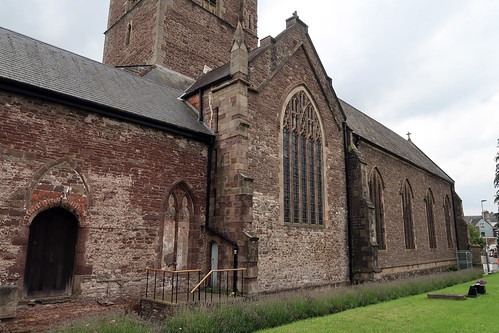

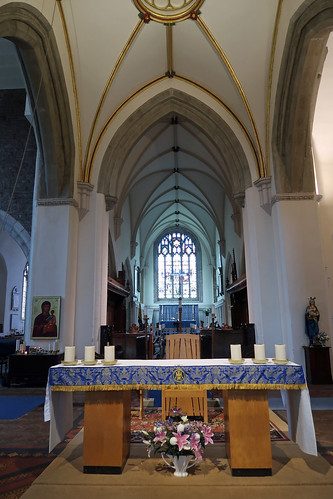



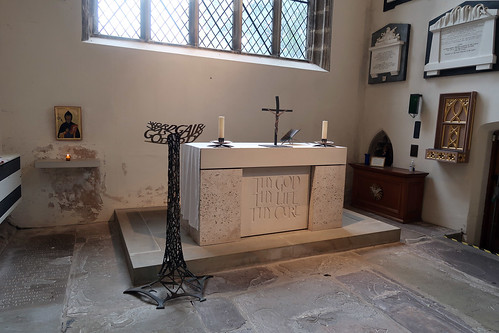

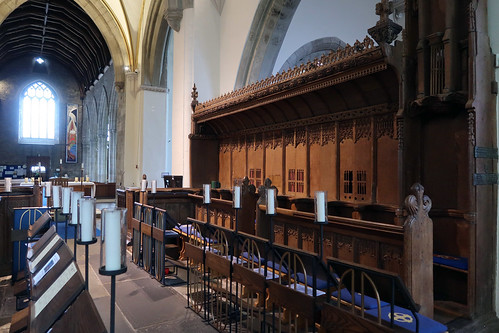
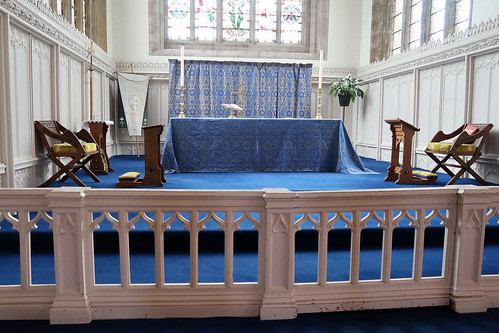
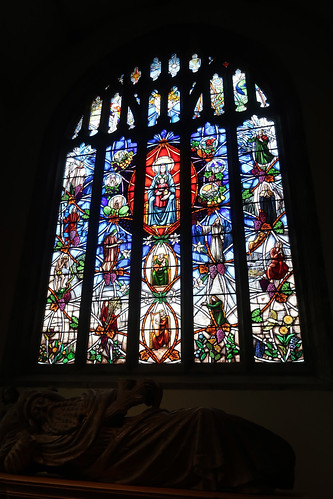
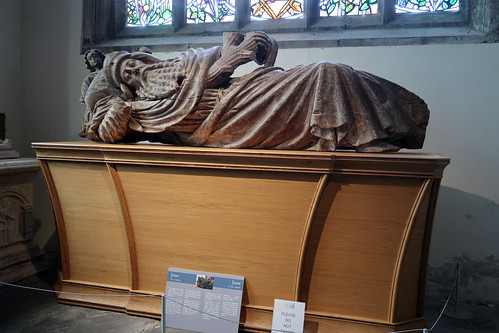

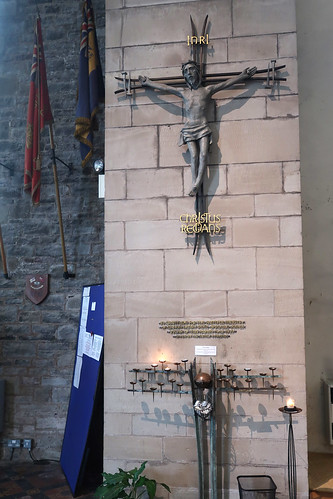









What a wonderful church. The East Window is stunning. So much of interest to see there.
It is a really interesting church. I would have liked to explore the town and the castle too but unfortunately we didn’t have time.
Oh I don’t remember much about Abergavenny.
I remember a ruined castle and a museum.
The old bridge, etc.
We ddin’t have time to explore the town or the castle. We hope to go back for further investigation.
How strange you should post this now, Cherie. I took Ginnie and Astrid there 2 weeks’ ago. They loved it and took many pictures, which we will no doubt see on Shutterchance
I saw Ginnies post and mentioned that we had recently visited. We didn’t have time to visit the castle as we were on our way home from Gloucester.
Oh, how I love that stained-glass “Jesse Tree” window, as well as the wooden Jesse carving below it. I wish we could’ve seen the whole carving in its day, right?
What I especially love about this particular Jesse Tree window is the depiction of all the women on it, too, which you don’t often see. If you do, it’s usually just Ruth and Mary. If I’m not mistaken, there are more on here, which Matthew described as also being Tamar, Rahab, and Bathsheba?
Yes, I would have loved to see the carved tree. It must have been impressive.
I am not as familiar with Mathew’s description as you, so I am not sure without checking.